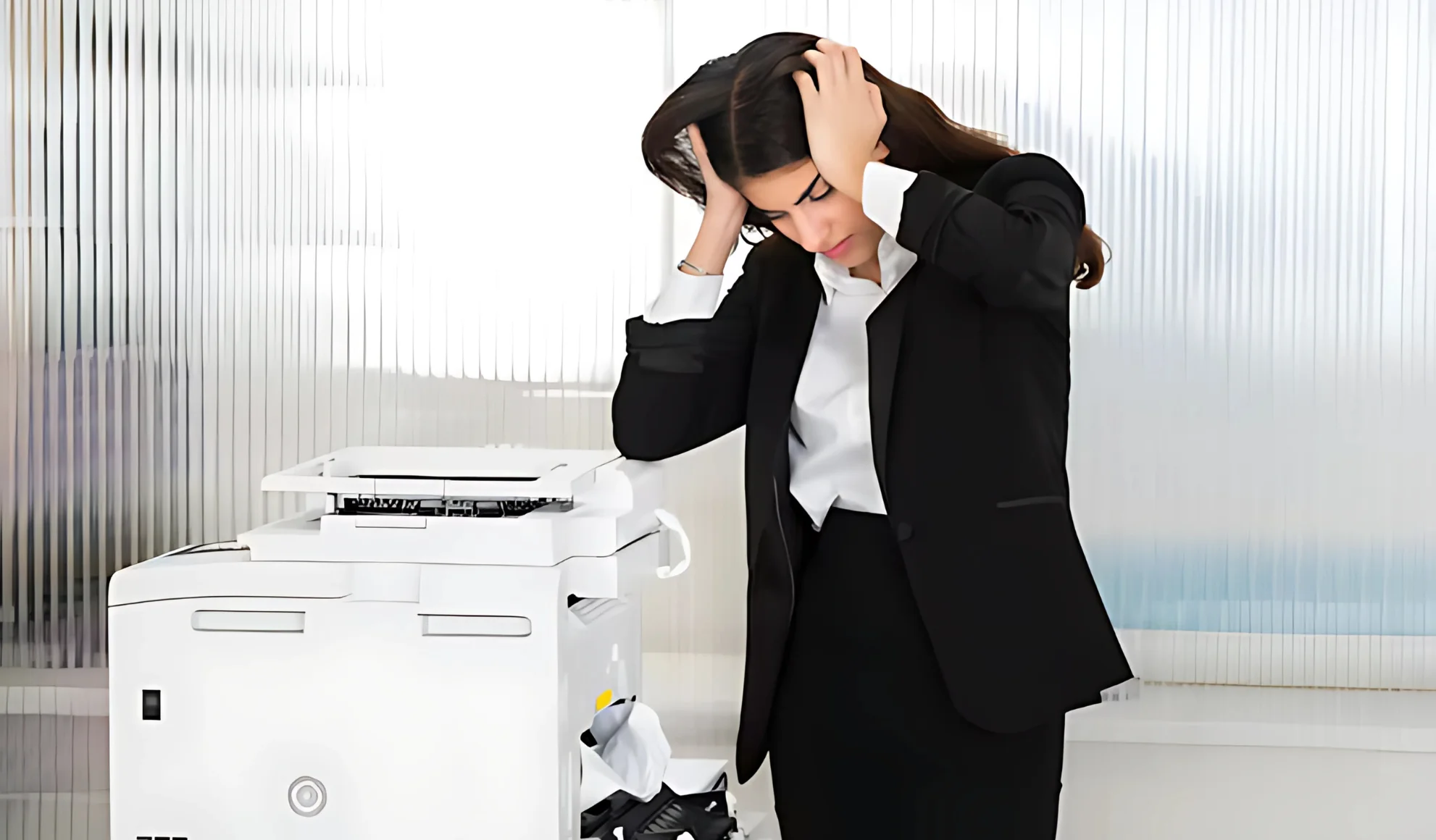
Do your printers ever sometimes seem as though they had their own mind to go against when you needed to print, the most critical task? No one is wrong there. The all-important machinery you need can even conjure in your face, a whole bunch of annoying issues precisely when you should be able to rely on it. Paper gets stuck. Sometimes, they conjure up the mystery error code – and try solving them when needed. You have just come to the right page. This comprehensive guide discusses 15 of the most common printer problems and gives you simple solutions for each. Once you go through this page, you are completely prepared and ready to handle even the most notorious printer bugs without any hassle or tension.
Top 15 Common Printer Problems
#1 Paper Jams
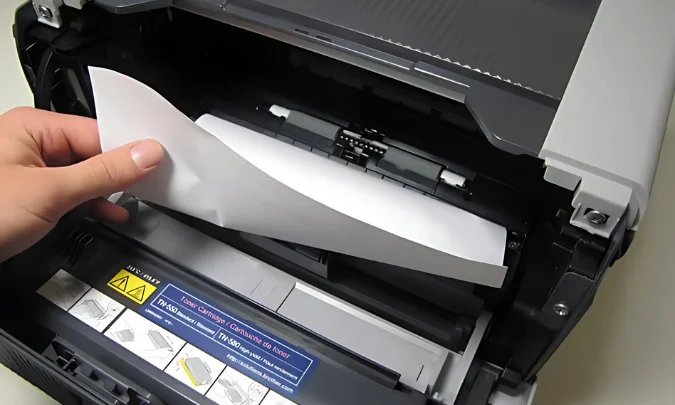
Problem: Paper is stuck in the printer, and the printing process is stopped.
Solutions: Paper jam is one of the most common and irritating issues that occur while using a printer.
Here’s how you can tackle it smoothly:
Switch OFF the Printer: Remove jammed paper only after turning off the printer and unplugging the printer to ensure your safety and no further damage to the machine.
Access Paper Path: Pull out the rear access door, output tray or paper tray and search for the stuck paper. Refer your printer manual to know how to open these paper paths.
Pull Out the Stuck Paper Gently: Keep the paper firm yet delicate not to tear it. Pull out the paper in the paper path direction not to damage inner parts. Take out small fragments that may have got stuck inside in case it tears.
Clear Obstacles: Check the rollers and paper path for any free objects, such as paper clips and debris. Clear all obstacles that may cause re-jam.
Load Paper Properly: When loading paper into the paper tray, do not bend, tear, or curve it. Keep the paper stack aligned without overloading. Keep it in position by the help of paper guides.
Maintenance Procedure: The process involves cleaning on rollers regularly. Clean it by the use of lint-free cloth with mild cleaning solution for an effortless paper feeding process.
You can thus manage paper jam perfectly and its likelihood is less.
#2 Printer Won’t Turn On
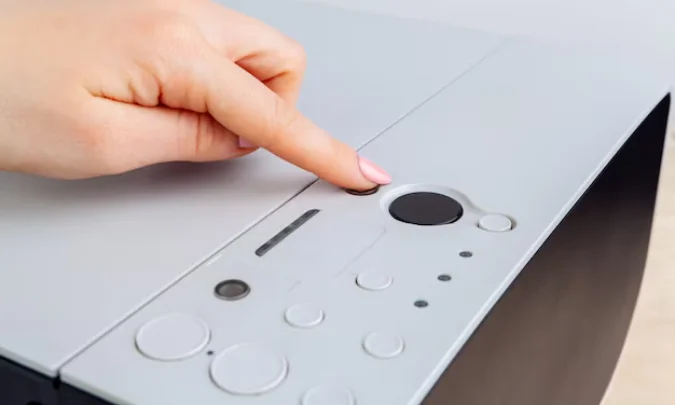
Problem: The printer is dead.
Solutions: A dead printer might be a power-related problem.
Here’s how to troubleshoot:
Check the Power Source: Ensure that the power cord is securely connected to both the printer and a good wall outlet. Test the wall outlet with another device to ensure it’s working.
Inspect the Power Cord: Check the power cord and see if it is damaged-that is, whether it is frayed or cut and replace at once.
Internal Power Switch Locate: Some of the machines contain an internal power switch that one should flip to “on”
Printer Restart One can restart by unplugging it from power then, after five minutes, plug it back on; sometimes clearing out the circuitry helps.
Overheating: In case your printer is overheating, let it cool down, and then try to power it back on. Sometimes, the safety mechanism of overheating will shut off the printer.
Internal Fuses and Power Supply Unit: In expert-level troubleshooting, you might check the internal fuses of the printer or the power supply unit. This may be beyond your scope and require a professional.
By having an organized look at these parts, you may be able to find the problem and get your printer working again.
#3 Prints are Too Light or Faded

Problem: Printouts are light or hardly readable.
Solutions: Light or faded prints can have several causes.
Here’s how you troubleshoot them:
Low Ink or Toner Replace: Run a check on the ink or toner using the computer screen of your printer or software. Replace the low-ink or low-toner cartridges.
Clean the Print Heads: Dried ink or debris can accumulate and clog the print heads, causing poor-quality prints. Most printers have a built-in cleaning utility for this purpose.
Adjust Print Settings: Access the print settings on your computer and select a higher print quality. Avoid draft mode for important documents.
Use the Correct Paper: Different types of paper absorb ink differently. Ensure you’re using paper compatible with your printer.
Perform a Test Print: Run a test print to confirm whether the problem persists or not. If it does, then consider taking it to a professional service.
Regular servicing and accurate calibration can keep your printer working at its best printing quality.
#4 Printer Offline

Problem: The printer status reads as being “offline” though it is still connected.
Solutions: If the printer has gone offline, then it cannot communicate with the computer.
In the step-by-step process below, restore the printer online again:
Check that the printer is on and connected to the same network as the computer. Make sure your USB printers are properly connected.
Turn devices off, then on: Both the printer and computer sometimes need a wake-up call in terms of a reconnection.
Set as Default Printer: On Windows, go to “Devices and Printers,” right-click the printer, and select “Set as Default Printer.”
Update Drivers: Outdated drivers can cause communication issues. Visit the printer manufacturer’s website to download and install the latest drivers.
Check Network Settings: For network printers, verify the IP address matches the one configured on your computer. Use the printer’s menu to print a network configuration page.
Disable Offline Mode: Check that the printer is not in “Use Printer Offline” mode in the print settings.
Following these steps, you should now be able to reestablish your connection and bring your printer back online.
#5 Smudged Prints
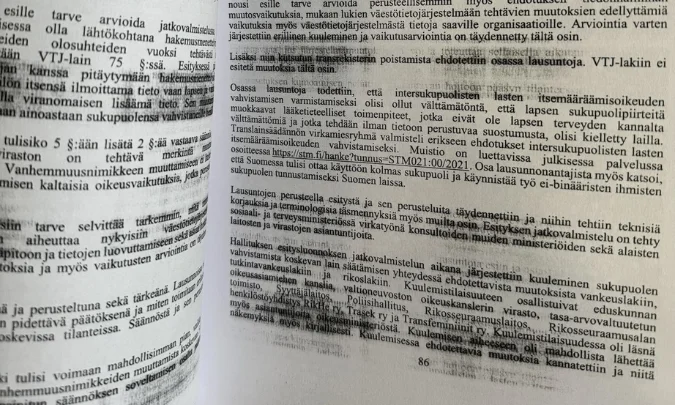
Problem: Ink blurs or fails to dry on the paper.
Solutions: Blurred prints can be frustrating, but they are generally easy to fix.
Here’s how:
Wait for Sufficient Drying Time: After printing, wait until the ink dries before handling the paper.
Use Quality Paper: Make sure the paper is compatible with your printer. Low-quality or glossy paper can smudge.
Clean the Rollers: Dirty rollers may make paper feed in unevenly, causing prints to smear. Clean the rollers with a lint-free material.
Calibrate Print Settings: Choose the appropriate type of paper and print quality in your print settings within your printer. Glossy paper for example has some certain print settings in it to make it not smudge.
These are the steps that will help you get clean, professional-looking prints.
#6 Printer Isn’t Recognized by Computer
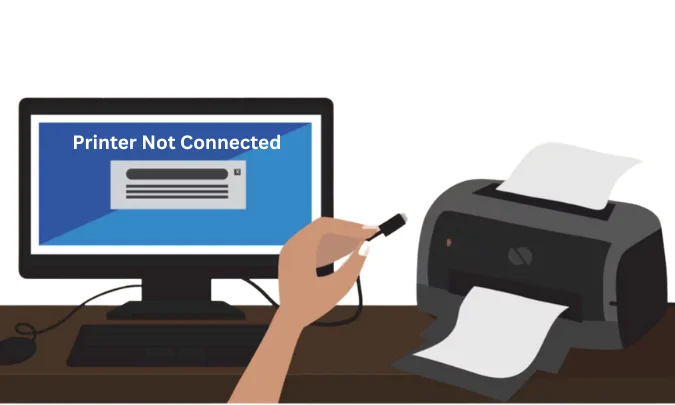
Problem: The computer doesn’t recognize the printer.
Solutions: If your computer does not recognize the printer, then it is most likely a connectivity issue.
Here’s how you can troubleshoot it:
Check the Cable Connection: For USB printers, ensure the cable is firmly connected to both the printer and computer. Try a different cable if needed.
Verify Wireless Connection: For Wi-Fi printers, make sure the printer is connected to the right network. If necessary, restart your router.
Reinstall Drivers: Uninstall and reinstall the printer drivers using the manufacturer’s software. This usually solves the detection problem.
Set as Default Printer: On your computer, go to the printer settings and set your printer as the default device.
Operating System Update: Ensure your computer’s operating system is updated because with older versions of the operating system, there might be issues of compatibility.
Check for Conflicts: Use the device manager for checking hardware conflicts. If problems arise, install updates and printer troubleshooting as necessary.
Then, your computer should recognize your printer successfully.
#7 Prints Taking Too Long
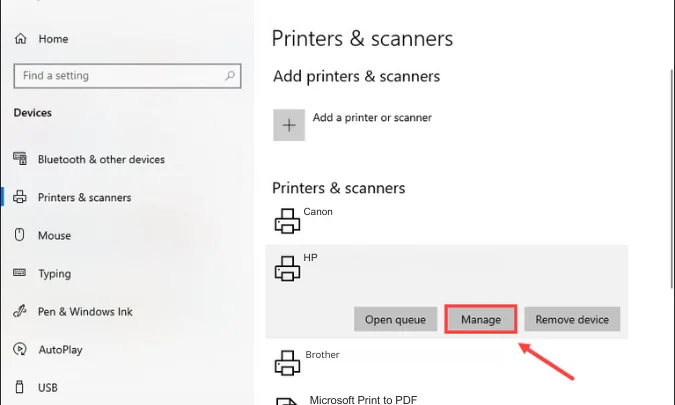
Problem: Your printer takes an incredibly long time to print one page.
Solutions: Slow printing is often caused by high-quality settings, large file sizes, or even hardware limitations.
Here are some fixes:
Lower Print Quality: Access your printer settings and click on a lower quality or draft mode. It uses less ink, thus it would be faster in the process.
Optimize Documents: Use minimal graphics, and avoid file sizes that are too large. Compress images and remove unwanted objects from the document.
Upgrade Printer Memory: Most printers have the capability to add additional memory, which makes them print much faster for complicated jobs.
Print in Batches: If you are printing multiple pages, print smaller batches to avoid the printer’s memory getting overwhelmed.
Update Firmware: Check the printer manufacturer’s website for firmware upgrades that may speed up the performance.
This should help you in getting faster print speeds without giving up too much quality.
#8 Wi-Fi Printing Problems
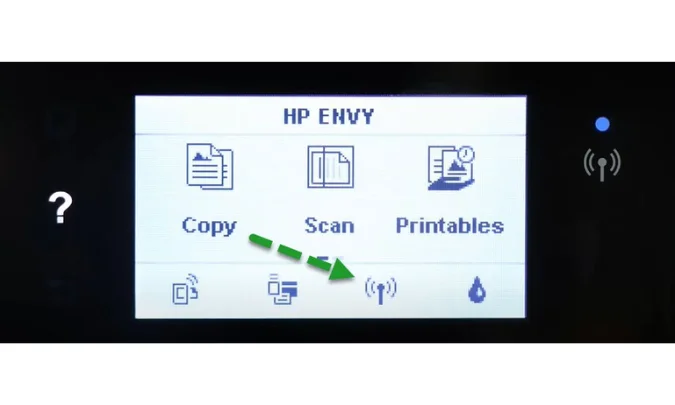
Problem: You cannot print wirelessly, even though your printer and computer are on the same network.
Solutions: Wireless printing problems are a common issue, but these steps can help fix them:
Reset Your Router and Printer: Switch off both devices and then restart them to renew the connection.
Check Wi-Fi Signal Strength: Make sure that the printer is in range of the router. Weak signals can disrupt communication.
Static IP: Dynamic IPs can cause disconnections issues. Set up your printer for a static IP, either on your router’s control panel or using the printer’s control panel.
Reset the Network: Reconnect your printer from its setup menu by reconnecting to your Wi-Fi network. Check for the network name and password again.
Update the Drivers: Download new drivers, which may ensure that everything is compatible with the system.
These steps may revert the functionality of printing wirelessly and make it more stable.
#9 Double-Sided Printing Issues
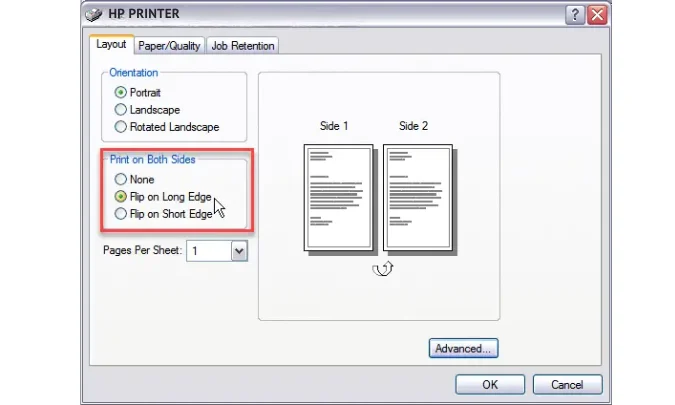
Issue: The printer isn’t printing the document on two sides of a page.
Solutions: Enabling and Solving Double-sided Printing
Firstly, click the ” Two Sided or Duplex printing option” when using your printing preferences. From the Windows options it can be obtained by clicking printer preferences. Then for macOS open up the dialog box and in “Layout”
Double-sided check the paper loading to ensure no error occurs.
Update Printer Drivers: Sometimes, old drivers might not support duplex printing. Download the latest version from the manufacturer’s website.
Print on Both Sides Manually: If you can’t automatically print on both sides, insert odd pages first, then reload to print even pages.
These tips will make you use your printer’s duplex printing feature effectively
#10 Error Messages on Printer Display
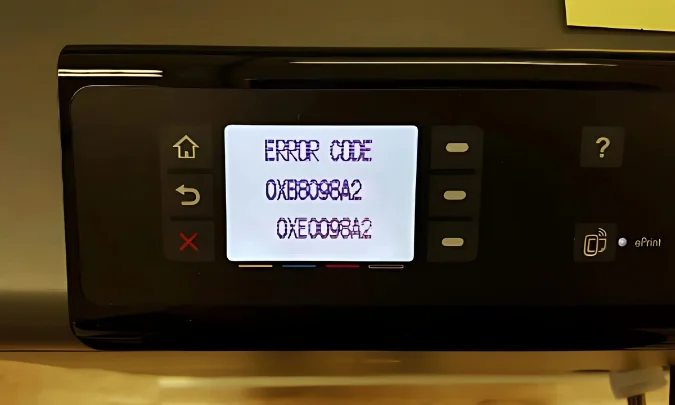
Problem: Your printer displays cryptic error codes or messages.
Solutions:
Decoding and solving the error message:
Refer to the Manual: Use the error code to check on your printer’s manual or even the website of the manufacturer.
Restart Printer: Switch off your printer and let it rest for a minute then turn it back on. It sometimes clears up any temporary error.
Check Obstruction: Open up your printer to check if there are any jams or debris which may have caused the error.
Reset the Printer: Clear out persistent errors with a factory reset. Follow instructions as in the manual.
It tackles most error messages by taking the above steps.
#11 Streaks on the Printout

Problem: Lines or streaks on your printed pages.
Solutions:
To eliminate streaks:
Clean the Print Head: Use the cleaning utility in the printer to clear blockages and restore ink flow.
Replace Faulty Cartridges: Check for leaks or damage. Replace defective cartridges with original ones.
Test Print: Run a diagnostic print to identify and address specific issues.
Use Quality Paper: Low-quality paper can cause streaks. Try a better grade of paper.
These behaviors will enhance print quality and remove streaks.
#12 Ink or Toner Cartridge Problems
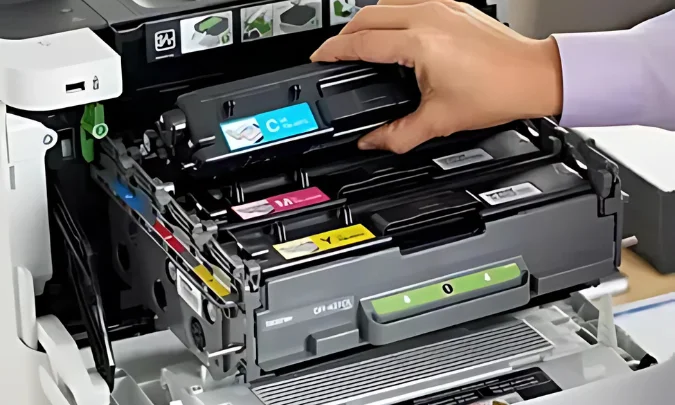
Problem: The printer doesn’t recognize new cartridges or says they are empty.
Solution:
Here is how to troubleshoot cartridge issues:
Reset the Cartridge: Take out and put the cartridge back in to reset the communication. Look for protective covers and take them off.
Use Original Cartridges: Third-party cartridges may not be compatible. Stick to the recommended products from the manufacturer.
Clean Contacts: Carefully clean cartridge and printer contacts with a lint-free cloth.
Hard Reset: Turn off printer, unplug the printer, then restart to flush out memory error.
These two steps should work for your printer to recognize the cartridges and allow them to print.
#13 Prints are Misaligned
Problem: The text or images are not aligning properly on the page.
Solutions: Alignment Misalignment
Run Alignment Utility: Many printers have a built-in alignment utility that is accessed through the settings menu.
Calibrate Printer: Use the calibration settings to adjust and realign the print head.
Paper Position: Load the paper straight and aligned to the guides.
Faulty Cartridges: Bad cartridges can also cause misaligned prints. Replace them when they become faulty.
Proper calibration and alignment result in professional-looking prints.
#14. Printer Queue is Stuck
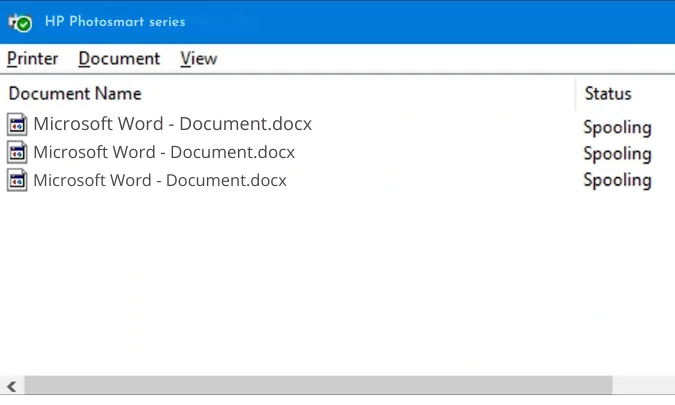
Issue: Print jobs are stuck in the queue, and no more printing is possible.
Solution:
Clear the queue by following these steps:
Cancel All Jobs: Open the print queue and cancel all pending tasks.
Restart the Print Spooler: On Windows, go to “Services,” find “Print Spooler,” and restart it. On macOS, restart the printer and try again.
Reboot Devices: Restart both your printer and computer to clear residual tasks.
Update Drivers: Outdated drivers can cause queue errors. Install the latest updates.
These actions will clear the backlog and restore normal printing operations.
15. High Ink or Toner Costs
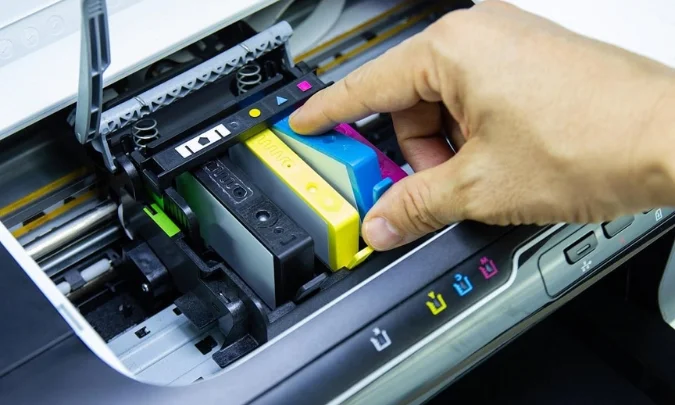
Problem: Frequent cartridge replacements can be costly.
Solutions:
Save money with these strategies:
Use Draft Mode: Print in draft mode for non-essential documents to save ink.
Replace the cartridges with fresh ink instead of buying new cartridges. However, there is a need to ensure quality.
Buy in Bulk: Buy a lot of ink or toner and reduce your unit cost per usage.
Switch to Eco-Friendly Models: Some are made to consume less ink or toner. Upgrading to an efficient model might be worthwhile.
By these, you can dramatically reduce printing expenses.
Conclusion
Printers are temperamental at best, but with the right knowledge, you can tackle most issues head-on. Bookmark this guide or share it with someone who needs help. For expert assistance, Print Web Technology offers top-notch printer troubleshooting services to keep your devices running smoothly. Explore our other resources on printer maintenance and buying advice, or reach out to us for personalized support. Happy printing!
